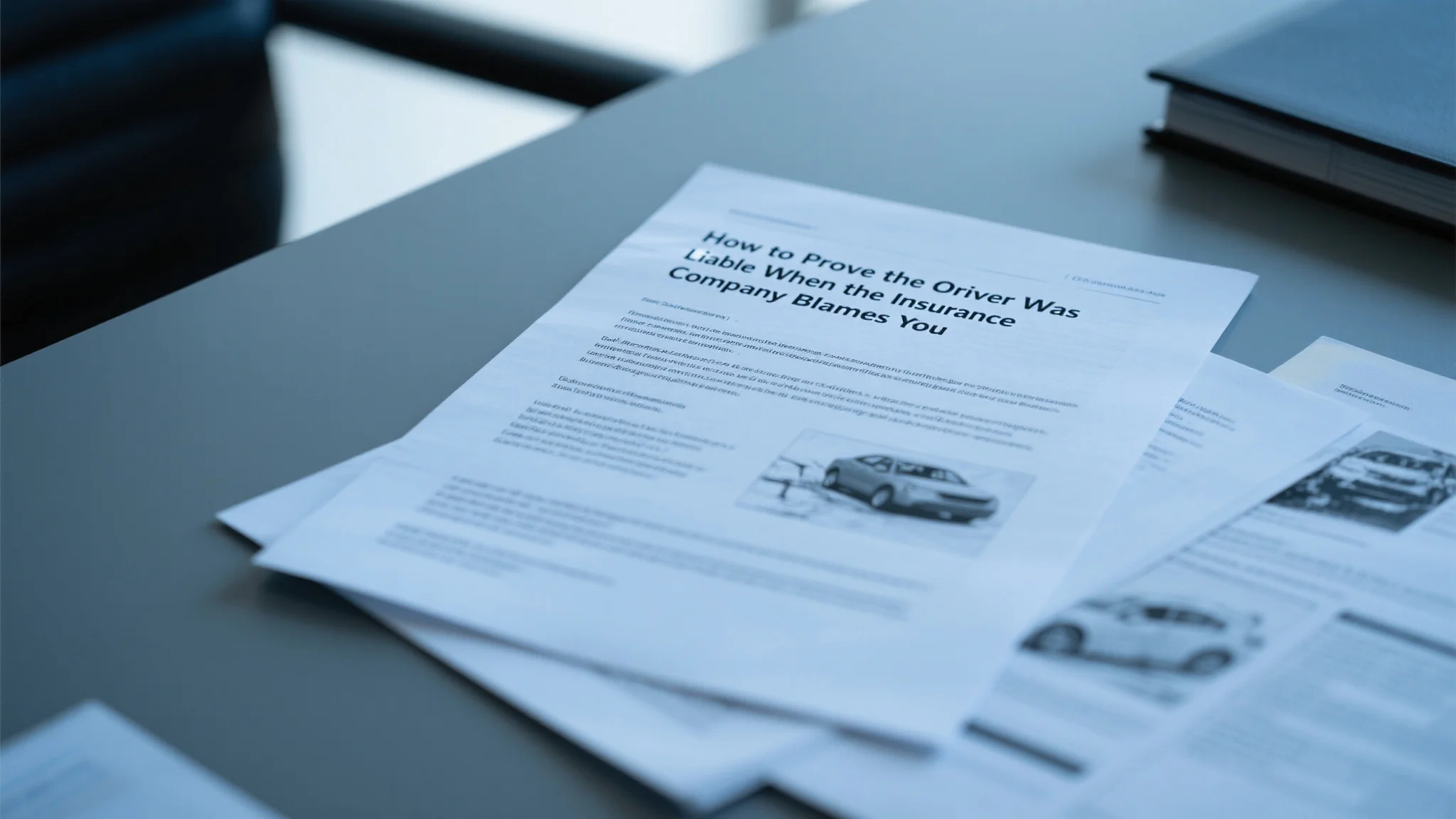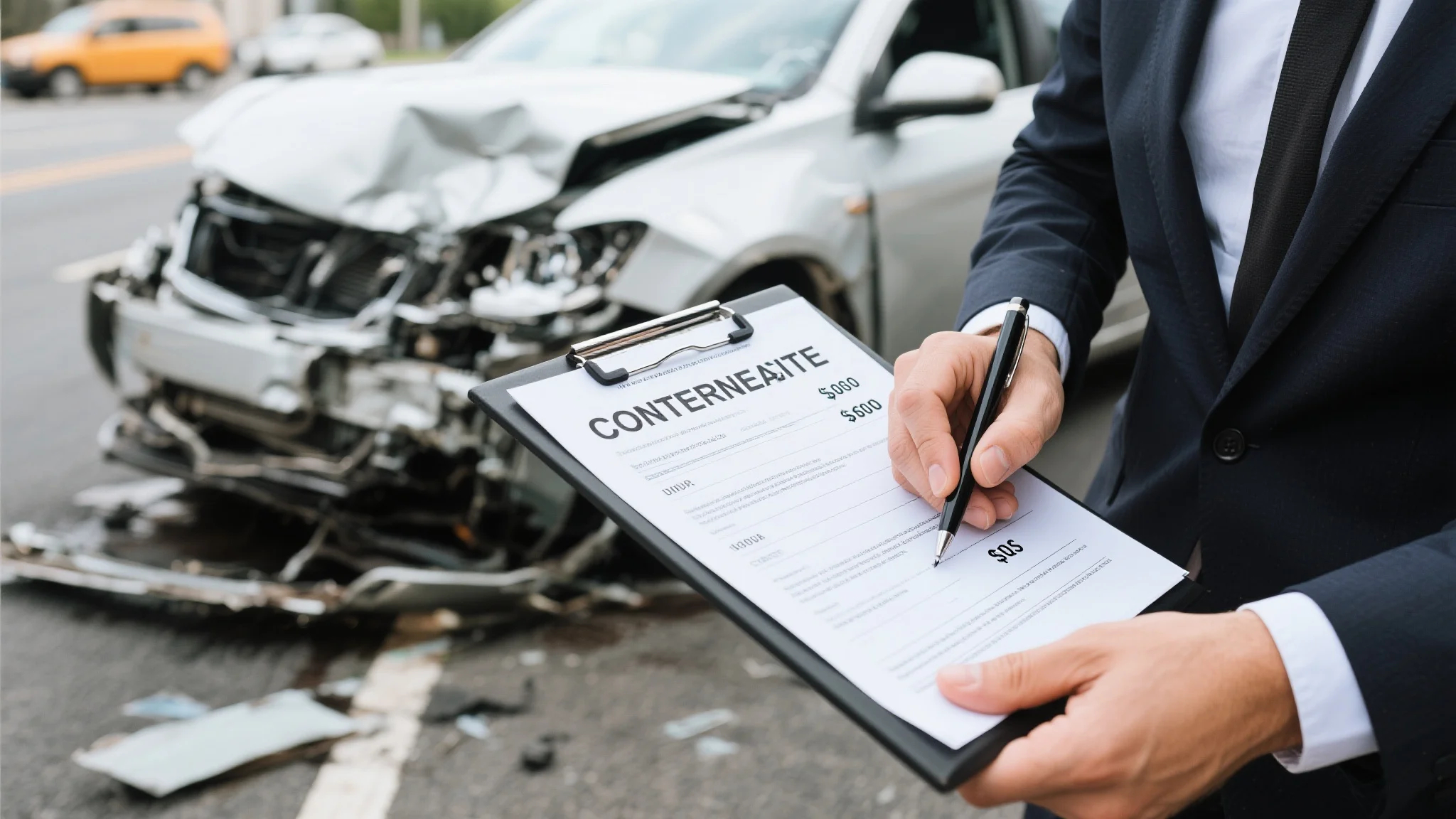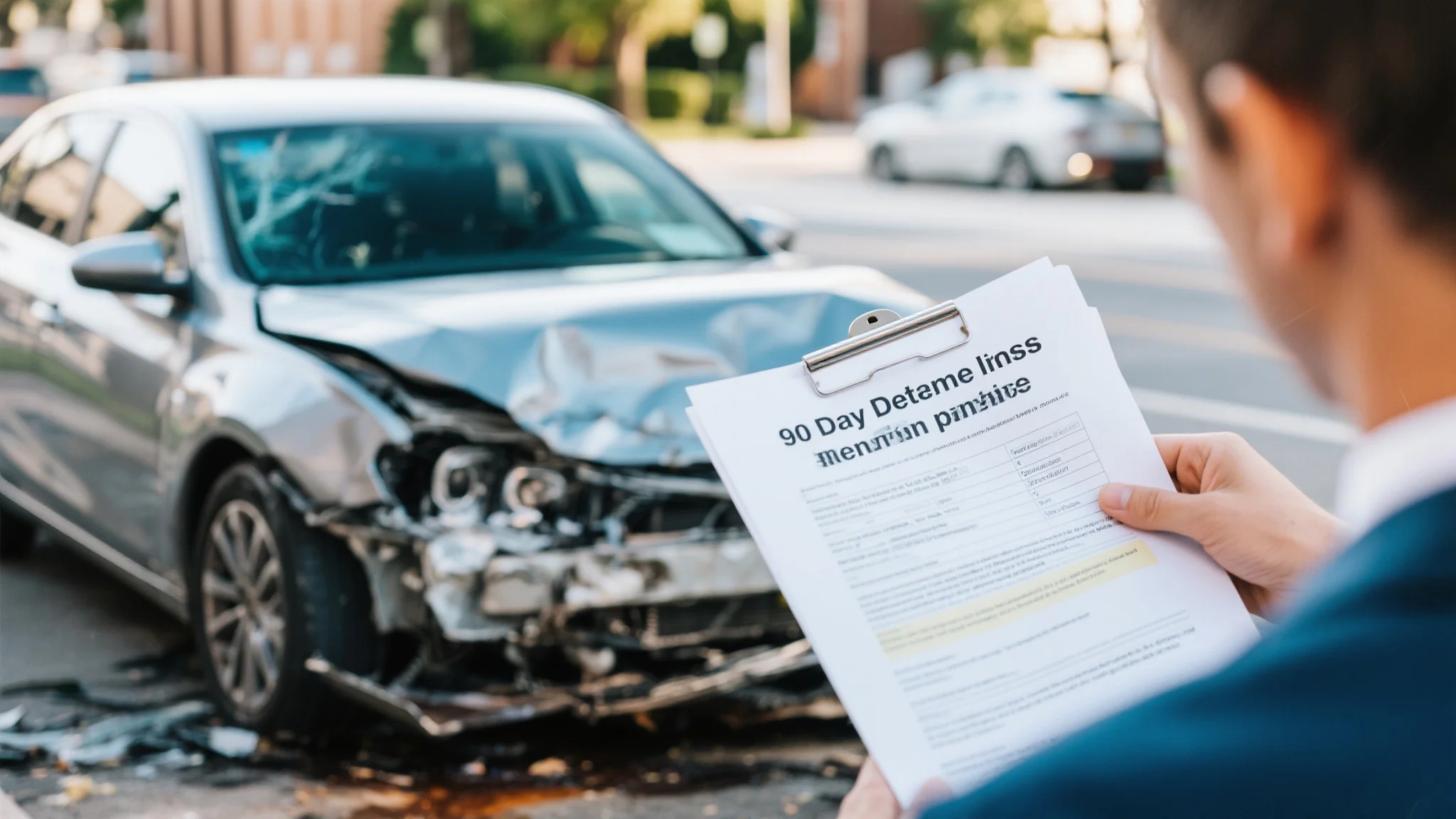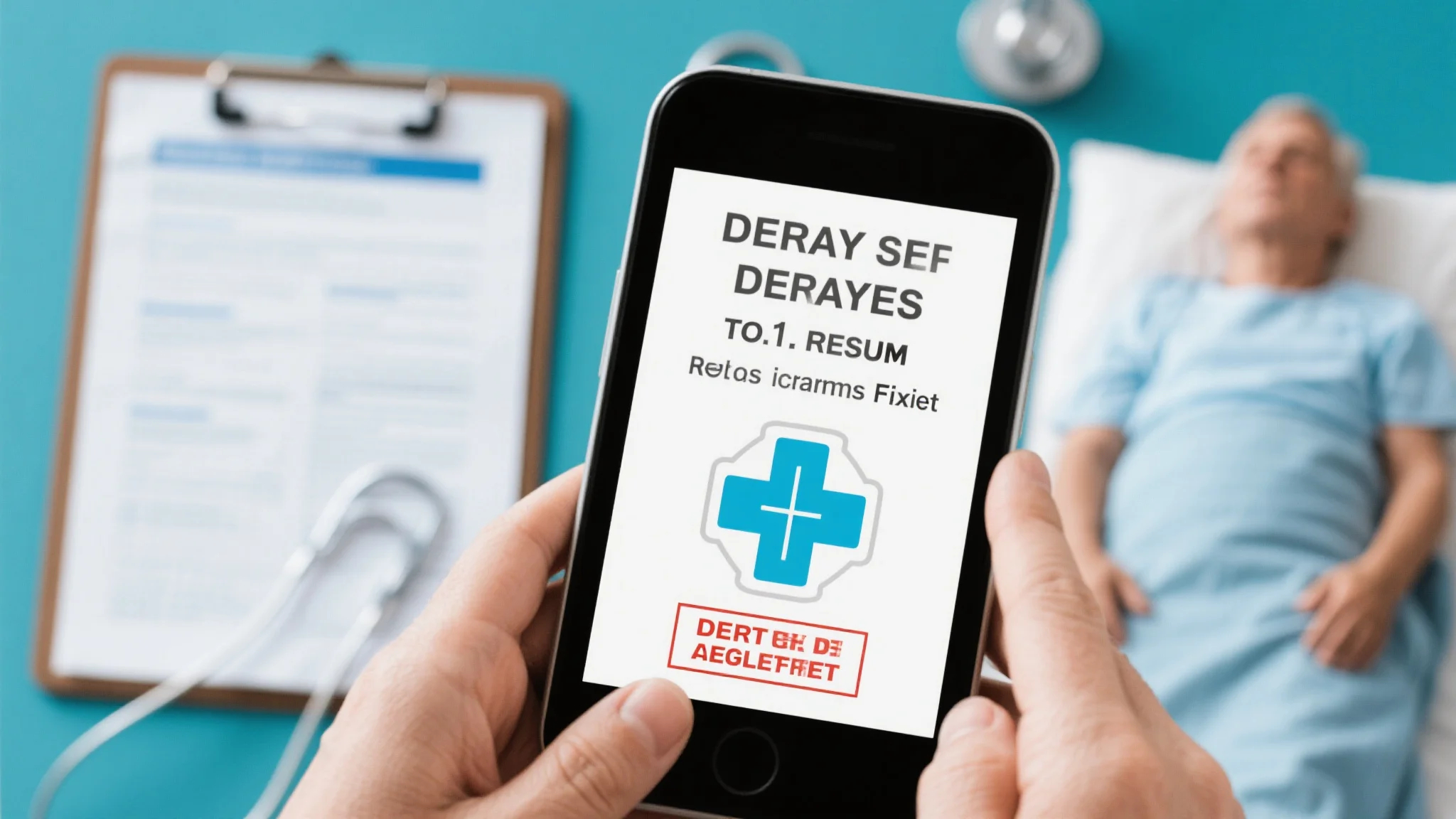When insurance companies point the finger at you after a car accident, proving the other driver’s liability becomes a critical battle that can determine whether you receive fair compensation or face devastating financial consequences. The challenge of establishing fault when facing an insurance blame dispute requires strategic thinking, comprehensive evidence gathering, and often professional legal assistance to overcome the sophisticated tactics that insurance companies use to shift responsibility away from their insured drivers. Understanding how to systematically build a case that demonstrates the other driver’s negligence while countering insurance company arguments is essential for protecting your rights and securing the compensation you deserve for your injuries and damages.
Building an Unshakeable Foundation: Evidence Collection and Documentation Strategies
The foundation of any successful liability case rests on comprehensive evidence collection that begins immediately at the accident scene and continues throughout the entire claims process. When insurance companies attempt to blame you for an accident, they’re counting on insufficient evidence and gaps in documentation that allow them to create reasonable doubt about their insured driver’s responsibility. The most effective approach to prove liability car accident cases involves systematic documentation that addresses every aspect of the incident, from the immediate physical evidence at the scene to the broader context of traffic conditions, weather factors, and driver behavior that contributed to the collision.
Photographic evidence represents one of the most powerful tools for establishing liability, but the quality and comprehensiveness of these photographs can make the difference between a successful claim and a denied one. Insurance companies often rely on limited or poor-quality photographs to support their liability arguments, knowing that most accident victims don’t understand what types of evidence will be most valuable in proving their case. Effective photographic documentation should include wide-angle shots that show the overall accident scene, including traffic signals, road signs, and lane markings that help establish the context of the collision. Close-up photographs of vehicle damage from multiple angles can reveal the direction and force of impact, providing crucial evidence about how the accident occurred and which driver was responsible for the collision.
The positioning of vehicles immediately after the accident provides critical evidence about liability, but this evidence can be lost forever if not properly documented before vehicles are moved or towed from the scene. Insurance companies understand the importance of vehicle positioning and may attempt to argue that vehicles were moved before photographs were taken, undermining the reliability of this evidence. Detailed documentation should include measurements of skid marks, debris patterns, and the final resting positions of all vehicles involved in the accident. These measurements can be used by accident reconstruction experts to determine vehicle speeds, braking distances, and the sequence of events that led to the collision, providing objective evidence that counters insurance company arguments about fault.
Witness statements collected immediately after the accident often provide the most reliable accounts of what happened, as witnesses’ memories are fresh and they haven’t been influenced by subsequent discussions or media coverage of the incident. Insurance companies may attempt to discredit witness testimony by arguing that witnesses were biased, confused, or didn’t have a clear view of the accident, making it essential to gather detailed contact information and comprehensive statements from all available witnesses. Effective witness documentation should include not only what witnesses saw, but also their positions relative to the accident, their activities at the time of the collision, and any factors that might have affected their ability to observe the incident clearly.
Police reports provide official documentation of the accident, but the quality and completeness of these reports can vary significantly depending on the responding officer’s experience, the complexity of the accident scene, and the amount of time available for investigation. Insurance companies may attempt to use gaps or inconsistencies in police reports to support their liability arguments, making it important to understand both the strengths and limitations of official accident documentation. When police reports contain errors or omissions that favor the insurance company’s position, additional evidence may be needed to correct these inaccuracies and establish the true facts of the accident.
Traffic camera footage and surveillance video from nearby businesses can provide objective evidence of how the accident occurred, but this evidence is often available for only a limited time before being overwritten or deleted. Insurance companies may delay their investigations hoping that crucial video evidence will be lost, making it essential to identify and preserve all potential sources of recorded evidence as quickly as possible after the accident. The process of obtaining surveillance footage often requires formal legal requests and may involve working with multiple property owners, law enforcement agencies, and government entities that control traffic monitoring systems.
Cell phone records and electronic data from vehicles involved in the accident can provide evidence of distracted driving, speeding, or other negligent behaviors that contributed to the collision. Modern vehicles contain event data recorders that capture information about vehicle speed, braking, steering inputs, and other factors in the seconds leading up to an accident. Insurance companies may resist providing access to this electronic evidence, particularly when it supports the other party’s liability claims, making legal intervention necessary to obtain and analyze this crucial information.
Medical documentation that links injuries to the accident provides important evidence for establishing both the severity of damages and the credibility of liability claims. Insurance companies often argue that claimants are exaggerating their injuries or that injuries were pre-existing rather than caused by the accident, making comprehensive medical documentation essential for supporting both liability and damages claims. The timing of medical treatment, consistency of reported symptoms, and objective medical findings all contribute to the overall strength of the liability case by demonstrating the real-world consequences of the other driver’s negligent behavior.
Countering Insurance Company Tactics: Strategic Response to Liability Disputes
Insurance companies employ sophisticated strategies to shift liability away from their insured drivers, using a combination of selective evidence presentation, expert witness testimony, and legal arguments designed to create doubt about fault determination. Understanding these tactics and developing effective counter-strategies is essential for successfully challenging insurance company liability determinations and securing fair compensation for accident-related damages. The most effective approach involves anticipating common insurance company arguments and preparing comprehensive responses that address each potential challenge to your liability claims.
Comparative negligence arguments represent one of the most common tactics used by insurance companies to reduce their liability exposure by claiming that the accident victim contributed to the collision through their own negligent behavior. These arguments can be particularly effective in states that follow comparative negligence laws, where even small percentages of fault assigned to the victim can significantly reduce the compensation available for damages. Insurance companies may argue that the victim was speeding, following too closely, failing to signal, or engaging in other behaviors that contributed to the accident, even when these factors played minimal roles in causing the collision. Effective responses to comparative negligence arguments require detailed analysis of all contributing factors and expert testimony that puts the other driver’s negligence in proper perspective relative to any minor violations or errors made by the accident victim.
Expert witness testimony plays a crucial role in liability disputes, as insurance companies often retain accident reconstruction specialists, medical experts, and other professionals who provide opinions that support their liability arguments. These experts may use selective analysis of available evidence, questionable methodologies, or biased interpretations to reach conclusions that favor the insurance company’s position. Challenging expert witness testimony requires retaining qualified experts who can provide alternative analyses and opinions that support the victim’s liability claims. The credibility and qualifications of competing experts can significantly influence the outcome of liability disputes, making it important to select experts with strong credentials, relevant experience, and track records of providing objective, scientifically sound opinions.
Surveillance and investigation tactics used by insurance companies may include hiring private investigators to gather evidence that supports their liability arguments or undermines the credibility of accident victims. These investigations may focus on the victim’s activities before and after the accident, looking for evidence of pre-existing injuries, inconsistent statements, or behaviors that could be used to challenge liability claims. Insurance companies may also conduct detailed investigations of the accident scene, interviewing witnesses multiple times and looking for inconsistencies or new information that supports their position. Effective responses to these investigation tactics require maintaining consistent and accurate accounts of the accident, preserving all relevant evidence, and working with qualified legal professionals who understand how to counter insurance company investigation strategies.
Settlement negotiation tactics employed by insurance companies often involve making lowball offers early in the claims process, hoping that accident victims will accept inadequate compensation rather than fighting for fair liability determinations. These early settlement offers may be accompanied by arguments that liability is disputed and that accepting the offer avoids the risks and uncertainties of litigation. Insurance companies may also use delay tactics, dragging out the investigation process while accident victims face mounting medical bills and financial pressures that make them more likely to accept unfavorable settlements. Effective negotiation strategies require understanding the true value of liability claims, maintaining leverage throughout the negotiation process, and being prepared to pursue litigation when insurance companies refuse to acknowledge clear liability.
Legal procedural challenges may be used by insurance companies to avoid liability determinations on technical grounds rather than addressing the substantive merits of liability claims. These challenges may include arguments about statute of limitations deadlines, proper notice requirements, or procedural defects in claim submissions that could result in denial of otherwise valid liability claims. Insurance companies may also use discovery procedures in litigation to burden accident victims with excessive document requests, depositions, and other legal proceedings designed to increase the cost and complexity of pursuing liability claims. Responding effectively to these procedural challenges requires experienced legal representation that understands both the substantive law governing liability determinations and the procedural requirements for pursuing these claims successfully.
Alternative liability theories may be pursued by insurance companies when direct negligence arguments are weak, including claims that the accident was caused by mechanical failures, road defects, weather conditions, or other factors beyond their insured driver’s control. These alternative theories can be particularly challenging to counter because they may involve complex technical issues and multiple potential defendants who may share responsibility for the accident. Effective responses require comprehensive investigation of all potential contributing factors and expert analysis that demonstrates how the other driver’s negligence remained the primary cause of the accident despite the presence of other contributing factors.
Bad faith insurance practices may be employed when insurance companies refuse to acknowledge clear liability or engage in unreasonable delay tactics that violate their duties to handle claims fairly and promptly. These practices can provide additional grounds for legal action beyond the original liability claims, potentially resulting in punitive damages and attorney fee awards that significantly increase the insurance company’s exposure. Identifying and documenting bad faith practices requires understanding the specific legal standards that apply to insurance company conduct and maintaining detailed records of all interactions with insurance representatives throughout the claims process.
Professional Legal Intervention: Maximizing Success Through Expert Representation
The complexity of modern liability disputes and the sophisticated tactics employed by insurance companies make professional legal representation essential for maximizing the chances of success in challenging liability determinations. An experienced accident liability lawyer brings specialized knowledge of liability law, investigation techniques, and litigation strategies that can make the difference between a successful claim and a devastating financial loss. Understanding when and how to engage legal representation, what to expect from the legal process, and how to work effectively with attorneys can significantly improve the outcomes of liability disputes while protecting accident victims from the overwhelming complexity of insurance company tactics.
The timing of legal intervention can significantly impact the success of liability claims, as early involvement of qualified attorneys allows for more comprehensive evidence preservation, witness interviews, and investigation activities that may not be possible if legal representation is delayed. Insurance companies understand that most accident victims lack the knowledge and resources to effectively challenge liability determinations on their own, and they may use delay tactics or settlement pressure to discourage victims from seeking legal representation. Attorneys who specialize in liability disputes can immediately begin protecting their clients’ rights, preserving crucial evidence, and developing comprehensive strategies for proving the other driver’s negligence while countering insurance company arguments.
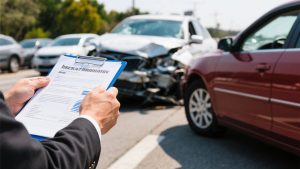
Investigation resources available to experienced liability attorneys far exceed what individual accident victims can access on their own, including relationships with accident reconstruction experts, medical professionals, private investigators, and other specialists who can provide crucial support for liability claims. These professional networks allow attorneys to quickly assemble teams of experts who can analyze evidence, provide testimony, and develop compelling arguments that demonstrate the other driver’s responsibility for the accident. The cost of retaining these experts is often justified by the increased likelihood of success and the potential for recovering significantly higher compensation than would be possible without professional representation.
Litigation experience provides attorneys with deep understanding of how liability cases are likely to be resolved in court, allowing them to develop strategies that account for judicial preferences, jury tendencies, and the specific legal standards that apply in different jurisdictions. Insurance companies often make settlement decisions based on their assessment of how cases are likely to be resolved in litigation, making the credible threat of trial an important factor in negotiating favorable settlements. Attorneys with strong litigation track records can leverage this experience to pressure insurance companies into acknowledging liability and offering fair compensation rather than risking adverse trial outcomes.
Contingency fee arrangements make professional legal representation accessible to accident victims who might not otherwise be able to afford the costs of challenging insurance company liability determinations. Under these arrangements, attorneys receive payment only if they successfully recover compensation for their clients, aligning the attorney’s financial interests with the client’s goals and ensuring that legal representation is available regardless of the client’s financial circumstances. Understanding the terms of contingency fee agreements, including how expenses are handled and what percentage of recovery goes to attorney fees, is important for making informed decisions about legal representation.
Case evaluation and strategy development by experienced attorneys involves comprehensive analysis of all available evidence, assessment of the strengths and weaknesses of liability claims, and development of multi-faceted approaches that address both the legal and practical aspects of challenging insurance company determinations. This strategic planning process includes identifying the most effective evidence for proving liability, anticipating insurance company arguments and preparing responses, and developing timelines and budgets for pursuing claims through negotiation or litigation. The thoroughness of this initial evaluation often determines the ultimate success of liability claims.
Settlement negotiation skills possessed by experienced liability attorneys can significantly increase the compensation available for accident-related damages while avoiding the costs and uncertainties of trial proceedings. These negotiations involve not only presenting evidence of liability, but also effectively communicating the strength of the case, the credibility of the evidence, and the potential consequences of refusing to offer fair compensation. Attorneys who specialize in liability disputes understand how to leverage various factors, including the insurance company’s litigation costs, the strength of the evidence, and the potential for bad faith claims, to achieve favorable settlement outcomes.
Trial preparation and litigation management require specialized skills and resources that are essential when insurance companies refuse to acknowledge clear liability or offer adequate compensation through settlement negotiations. The litigation process involves complex procedural requirements, discovery procedures, expert witness preparation, and trial advocacy that require extensive experience and specialized knowledge. Attorneys who regularly handle liability cases understand how to navigate these complexities efficiently while building compelling cases that demonstrate the other driver’s negligence and the insurance company’s unreasonable refusal to acknowledge liability.
Long-term relationship management with clients involves not only handling the immediate liability dispute, but also providing guidance on related issues such as medical treatment, property damage claims, and financial planning during the recovery process. Experienced attorneys understand that liability disputes can have lasting impacts on their clients’ lives and work to ensure that all aspects of the case are handled in ways that protect their clients’ long-term interests. This comprehensive approach to client representation often results in better outcomes and higher client satisfaction than more limited approaches that focus only on the immediate legal issues.
The coordination of multiple legal and practical issues involved in liability disputes requires attorneys who understand how different aspects of accident cases interact and influence each other. Medical treatment decisions, property damage settlements, insurance coverage issues, and liability determinations all affect each other in ways that require careful coordination to maximize overall outcomes. Attorneys with experience in handling complex liability cases understand these interactions and can provide guidance that ensures all aspects of the case work together to achieve the best possible results for their clients.
